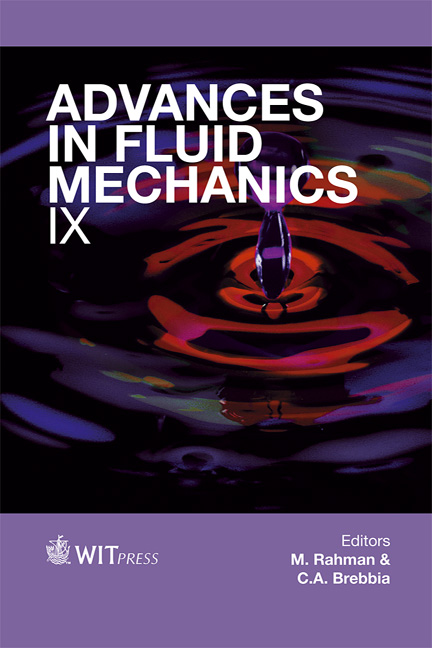Computational And Experimental Analysis Of The Churning Power Losses In An Industrial Planetary Speed Reducer
Price
Free (open access)
Transaction
Volume
74
Pages
12
Page Range
287 - 298
Published
2012
Size
1,304 kb
Paper DOI
10.2495/AFM120261
Copyright
WIT Press
Author(s)
F. Concli & C. Gorla
Abstract
Advantages of planetary speed reducers are well known and due to their compact design and power density they are suitable for a wide range of applications. Efficiency is becoming more and more of a main concern in the design of power transmissions and the demand for high efficiency gearboxes is continuously increasing. For this reason it is important to have some models in order to quantify the power losses of those already during the design stage. Some theoretical or semi-empirical models that allow us to estimate losses like those of bearings, of seals, of gear meshing (due to sliding) and, for ordinary gears, those of churning are available in literature. In the case of planetary speed reducers, where the motion of the planet carrier causes a rotatory motion of the planets around the axis of the gearbox, the oil splash lubrication is an important source of losses. This report introduces a multiphase CFD model for the prediction of the churning losses characteristic of planetary gears. The analysis has been carried out by means of an unsteady Volume of Fluid (VOF) model and implemented on a commercial software (Fluent). The whole geometry of the speed reducer and many operating conditions like the rotational speed, the oil level and the operating temperature have been taken into account. Moreover the results of an experimental testing campaign on an especially designed gearbox are presented and compared with the computation ones in order to validate the model. The two approaches give results in good agreement. Keywords: planetary speed reducers, churning losses, multiphase flow simulation, VOF.
Keywords
planetary speed reducers, churning losses, multiphase flow simulation, VOF.





